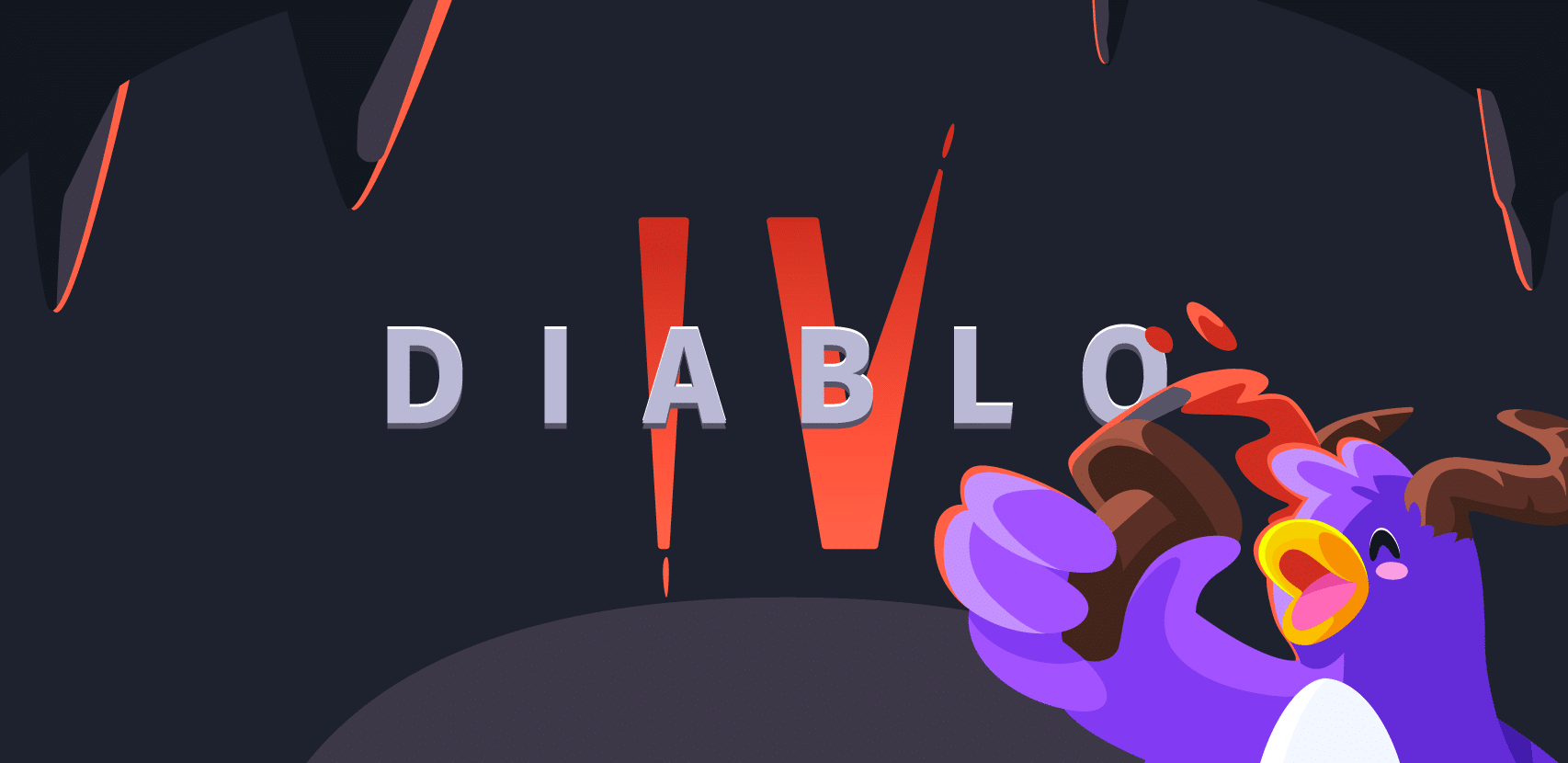
Top 5 Python Web Frameworks: Unlocking the Power of Python for Web Development

Welcome to the exciting world of Python web frameworks. Python, which is known for its simplicity and readability, has gained immense popularity in web development. But what exactly are Python web frameworks, and why do you need them? If you’re a developer – or an aspiring one – settle in and read on.
Let’s begin with the basics. Python web frameworks are powerful tools that simplify and streamline the process of building web applications. They provide a structured approach to development, allowing you to focus on writing your application’s logic rather than dealing with low-level details. With a plethora of frameworks to choose from, rest assured that you can find one that suits your development style and project requirements. However, that may be a bit overwhelming. That’s why we chose the top 5 frameworks for you.
In this blog post, we’ll explore the top 5 Python web frameworks, each with its own unique strengths and features. We’ll delve into their histories, syntax, key features, adoption rates, community support, and performance. By the end of this journey, you’ll have a solid understanding of the Python web landscape and be ready to embark on your next web development adventure. And if you don’t, well…
Flask: Lightweight and Flexible
Imagine you’re building a web application, and you want a framework that’s as light as a feather, yet powerful enough to meet your needs. Enter Flask. It’s a delightful microframework that doesn’t impose unnecessary complexity. This makes it a perfect choice for small to medium-sized projects, allowing you to get up and running quickly.
Flask was created by Armin Ronacher in 2010 as a simpler alternative to more feature-rich frameworks. Its elegant syntax and minimalistic design make it quite enjoyable to work with. Additionally, Flask encourages simplicity and gives developers the freedom to choose their preferred extensions for features like database integration, form validation, and authentication.
With a thriving community and extensive documentation, Flask is well-supported and widely adopted. Its ease of use and flexibility make it popular among both beginners and experienced developers. However, due to its minimalist nature, Flask may not be the best fit for large-scale applications requiring built-in functionality and robustness.
Django: The Batteries-Included Web Framework
Once upon a time, a web framework emerged that promised developers a complete package for building complex web applications effortlessly. That framework was Django. Developed in 2003, Django quickly gained popularity for its pragmatic design philosophy and powerful feature set.
Django follows the “Don’t Repeat Yourself” (DRY) principle, emphasizing code reusability and reducing boilerplate. Its syntax, inspired by Python’s elegance, allows developers to express complex ideas concisely. With built-in modules for database integration, URL routing, user authentication, and more, Django provides a comprehensive toolkit that accelerates development.
With a strong and passionate community, Django has become one of the most popular Python web frameworks. Its adoption is widespread, especially in larger applications requiring scalability and security. However, Django’s all-inclusive nature can sometimes be overwhelming for small projects or developers who prefer a more lightweight approach.
Pyramid: Scaling the Pyramids of Web Development
Imagine you’re constructing a grand project. Of course, when doing so, you’ll need a web framework that can handle the weight of your ambitions. Enter Pyramid, a versatile and scalable framework that’s built to handle projects of any size.
Introduced in 2010, Pyramid was born from the merger of two popular Python web frameworks, Pylons and Repoze.bfg. It combines the best of both worlds, offering powerful features while maintaining a flexible and lightweight structure. Pyramid’s syntax is intuitive and expressive, allowing developers to focus on writing clean and maintainable code.
One of Pyramid’s standout features is its ability to scale effortlessly. Whether you’re building a small application or a complex enterprise system, Pyramid handles it all. It provides a modular architecture, allowing you to easily plug in additional components and libraries as your project grows. This extensibility makes Pyramid a great choice for projects with evolving requirements.
Pyramid boasts an active and supportive community that provides comprehensive documentation, tutorials, and examples. Its adoption has steadily increased, with many developers appreciating its flexibility and scalability. However, due to its flexibility, Pyramid may require more initial configuration compared to some other frameworks, making it less suitable for developers looking for an out-of-the-box solution.
Bottle: Small, Yet Mighty
Bigger doesn’t always mean better, as Bottle has shown the software development world. Don’t be fooled by its size, though. This compact framework packs a powerful punch. If you’re looking for a lightweight and minimalist framework that gets the job done without fuss, Bottle should be your go-to choice.
Bottle was created in 2010 and designed with simplicity in mind. Its syntax is concise and easy to grasp, making it an excellent option for developers who prefer straightforward and minimalist frameworks. Bottle comes with built-in support for routing, templating, and accessing databases, allowing you to quickly build functional web applications.
Bottle’s small footprint makes it an ideal choice for small projects, APIs, and microservices. It’s also a great option if you need to embed a web server within your Python application. The framework’s performance is impressive, and its simplicity allows for rapid development and deployment.
Although Bottle has a smaller community compared to some other frameworks, it has a dedicated user base that appreciates its simplicity and efficiency. It may not be the best fit for large-scale projects requiring extensive functionality or advanced features. However, if you value simplicity and lightweight design, Bottle could be the perfect framework for your next endeavor.
Tornado: A Storm of Asynchronous Power
Imagine a framework that can handle asynchronous web development with ease. Enter Tornado, a high-performance web framework built for speed and scalability. If you’re looking to build real-time applications, chat servers, or high-concurrency systems, Tornado is the framework you need.
Born at FriendFeed in 2009 and later open-sourced by Facebook, Tornado is known for its non-blocking architecture, making it highly efficient in handling a large number of concurrent connections. Its syntax, inspired by the simplicity of Flask, is easy to learn and work with.
Tornado shines in scenarios where asynchronous programming is crucial. It provides an event-driven model, allowing you to write scalable and responsive applications. Tornado is widely adopted in areas such as real-time analytics, social media platforms, and websockets-based communication.
Tornado’s community is active and supportive, providing resources and guidance for developers. While it excels in high-performance scenarios, Tornado may not be the best fit for every web application. Its asynchronous nature adds complexity to development, and it may not provide the same level of convenience and ease of use as more traditional frameworks.
TL;DR
It’s been quite the journey through the top 5 Python web frameworks. On the off (or probable) chance you merely skimmed through to get to this point, we’ll sum it up for you: Flask offers lightweight flexibility, Django has a batteries-included approach, Pyramid is known for its scalability, Bottle offers significant minimalist power, and Tornado has asynchronous prowess.
Python web frameworks have revolutionized web development, empowering developers to create robust and feature-rich applications with ease. They provide a solid foundation, allowing you to focus on building your application’s logic rather than reinventing the wheel.
Now that you’re equipped with the knowledge of the top Python web frameworks, it’s time to dive in, unleash your creativity, and build amazing web applications. And a quick pro tip: don’t stop at choosing the best framework for you. Go further and find the best debuggers (we recommend checking out Rookout), loggers, etc. You know, every tool that can make your – and your team’s – life easier and simpler when writing awesome features.
Happy coding!





